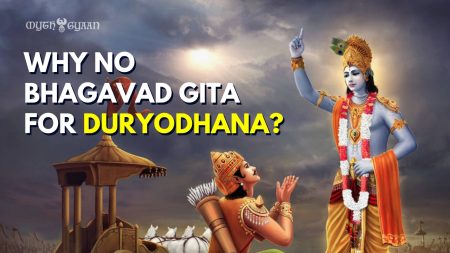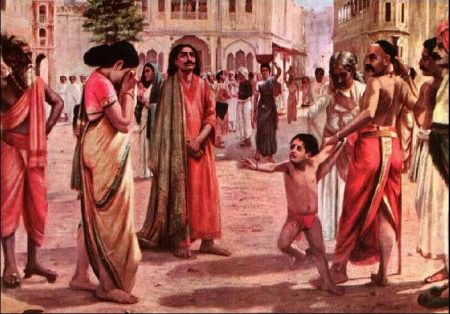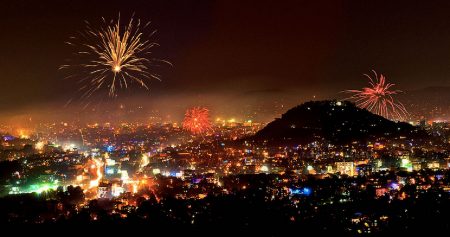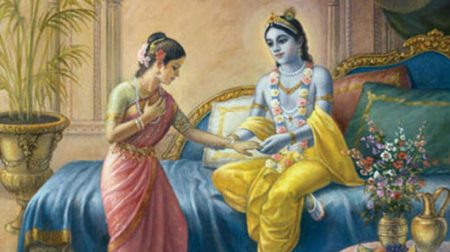Why Makar Sankranti & Pongal is celebrated? Uttarayana period in 2024 | Makar Sankranti Essay | Why Makar Sankranti is celebrated on 14th January every year?
Table of Contents
Makar Sankranti
Across the Indian subcontinent, Makar Sankranti is celebrated differently. It is celebrated as Sakraat in Rajasthan, Uttarayan in Gujarat, Magh Bihu (or Bhogali Bihu) in Assam, Pongal in South Indian states like Tamil Nadu, etc.
Makar or Makara (मकर) in Vedic astrology is the sign of Capricorn (Zodiac sign). Sankranti means transmigration (स्थानांतरगमन) of the sun from one Rashi (zodiac sign) to the next. Therefore there are 12 Sankrantis in a given year.
Thus Makar Sankranti refers to the transition of the Sun into Makara Rashi (Capricorn) on its celestial (आकाशीय) path. It is a specific solar day in the Hindu calendar, which is usually observed in January, every year. Makar Sankranti is also celebrated as a festival in the reverence (श्रद्धा) of Sun deity, Surya.
MAKAR SANKRANTI 2024 – 15th January, Sunday
It also marks the end of the month with the winter solstice (शीतकालीन अयनांत) and the starts of longer days.

Now, the winter solstice is an astronomical phenomenon that refers to the shortest day of the year. The Winter solstice in the Northern Hemisphere is the summer solstice in the Southern Hemisphere. India lies between the Eastern and Northern Hemisphere.
Uttarayan Period
Makar Sankranti also marks the starting of the Uttarayan period. ‘Uttar’ means North and ‘Ayana’ means to approach or movement. Therefore it is the period of around six months when the sun travel from Capricorn to Cancer, i.e. from South to North.

This period usually starts on 14th January (Makar Sankranti) and ends on 16th July (Karka (Cancer) Sankranti). However, the movement of the Sun from South to North begins a day after the winter solstice (around 22nd December) and continues for six months until the summer solstice (around 21st June)
In Hinduism, the Uttarayan period is considered auspicious. It is believed that the person who dies in this period, goes to heaven.

This belief can be traced back to Mahabharata. During the war, Bhishma waited on his deathbed of arrows and held his life until the Uttarayan period to die.
Must Read: Birth of Pandavas and Kauravas in Mahabharata
Makar Sankranti: Festival according to Solar Cycle:
One interesting fact about Makar Sankranti is that it is one of the few Hindu festivals observed according to the solar cycle. Otherwise, most of the Hindu festivals are observed according to the lunar cycle.
Since Makar Sankranti is observed according to the solar cycle, it is celebrated, mostly on the same day in the Gregorian calendar, every year i.e. 14th January.
According to the Hindu calendar, Makar Sankranti falls in the solar month Makara and lunar month Magha, which corresponds to Jan-Feb in the Gregorian calendar.
Magh Mela commences on Makar Sankranti:
Magh Mela (Annual Mini Kumbh) is held every year in the month of Magha, except the years of Kumbh Mela and Ardh Kumbh Mela. (Mela means fair)

It commences on the day of Makar Sankranti in January every year. Every year, it is organized on the banks of Triveni Sangam (confluence of the Ganges, the Yamuna, and the Saraswati) in Prayag, Allahabad.
| Maha Kumbh Mela | Every 144 years or after Purna Kumbh Mela | Held only at Prayag (Allahabad) |
| Purna Kumbh Mela | Every 12 years | Allahabad |
| Ardh (Half) Kumbh Mela | Every 6 years | Allahabad and Haridwar |
| Kumbh Mela | Every 3 years | Ujjain, Allahabad, Nashik and Haridwar |
| Magh Mela | Every year | Allahabad |
It is a mass Hindu pilgrimage of faith. During this Mela (fair), Hindus gather to bathe in a sacred or holy river.
Sesame sweets on Makar Sankranti:
In addition, people prepare sweets, particularly from sesame (til) and a sugar base such as jaggery (gud, gur) on this day. It is believed that sesame seeds have the ability to absorb and emit high amounts of Sattva (goodness or purity) frequencies.
Significance of Makar Sankranti:
Makar Sankranti is a festival that is dedicated to the Sun deity (Surya). To Hindus, Sun stands for unity, equality, spiritual light, and true selflessness.

People take bath in holy rivers like Ganga, Yamuna, Godavari, etc. It is believed that taking a holy bath during this period, will result in merit and absolution of past sins. It is also celebrated as a harvest festival (such as Lohri in Punjab).
Makar Sankranti in different regions of India:
In states like Gujarat and Rajasthan, this is one of the major festivals. In Gujarat, it is called “Uttarayan” and in Rajasthan, it is called “Sakraat”. People await this festival to fly kites (patang).
In Gujarat, it is a two-day affair: 14th January is Uttarayan and 15th January is Vasi-Uttarayan (Stale – Uttarayan).
In Assam, Makar Sankranti is celebrated as Magh Bihu or Bhogali Bihu. It is a harvest festival in Assam, which marks the end of harvesting in the month of Magha.
In South Indian states like Tamil Nadu, it is celebrated as Pongal. Pongal is a four-day festival.
This festival is also celebrated outside India in countries like Nepal, Bangladesh, and Pakistan (in the Sindh region).
| Name | Region |
| Makar Sankranti | Rajasthan, Uttar Pradesh, Madhya Pradesh, Maharashtra, Bihar, Chhattisgarh, Jharkhand, Andhra Pradesh, etc. |
| Uttarayan | Gujarat |
| Thai Pongal | Tamil Nadu |
| Magh Bihu | Assam |
Thai Pongal
Thai Pongal or simple Pongal is celebrated as a thanksgiving to Sun God for harvest. Pongal is a four-day festival. According to the Tamil calendar, it is usually celebrated from 14th January to 17th January.

Thai refers to the tenth month in the Tamil calendar. Pongal in Tamil means “overflowing” which signifies abundance and prosperity.
Thai Pongal 2024 – starts on 15th January, Monday and ends on 18th January, Thursday
Pongal also refers to a sweetened dish prepared during this festival with ingredients including rice, milk, cardamom, raisins, etc. It is cooked under the sunlight, usually on a porch or courtyard as this dish is dedicated to Surya, the Sun god.
It is celebrated by the Tamil people of Tamil Nadu and Puducherry (Union Territory of India). Outside India, it is celebrated by Tamils worldwide in countries like Sri Lanka, Malaysia, Mauritius, South Africa, the USA, Singapore, UK, and Canada.
Must Read: 7 Reasons why Maha Shivaratri is celebrated
DAY 1 – BHOGI:
This day is celebrated by discarding old clothes and materials & marking the emergence of new possessions.
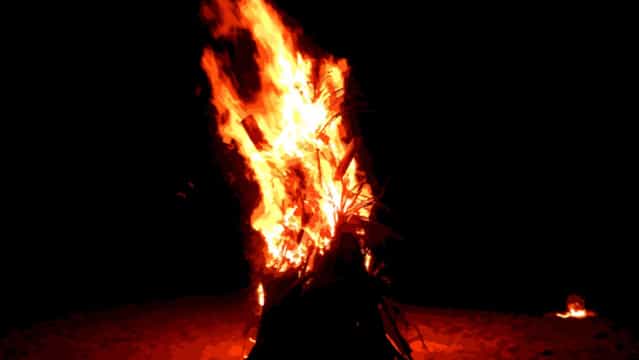
Old possessions are burned in a bonfire. Houses are cleaned and decorated.
DAY 2 – THAI PONGAL:
This is the main event, celebrated on the second day. People prepare Pongal dish on this day.

Firstly milk is boiled. When it starts to overflow out of the vessel, rice grains that are freshly harvested are added along with jaggery to it.
People shout “Pongalo Pongal!” and blow a conch as rice boils over and bubbles coming out of the vessel. Due to this tradition of shouting “Pongalo Pongal”, this festival is called Pongal.
Later all the other ingredients like raisins, cashew nuts, etc are added. Finally, Pongal is offered to the Sun God during sunrise as prayer. After that, it is served to everyone in the house.
DAY 3 – MATTU PONGAL:
This day is dedicated to cattle. In the Tamil language, “Mattu” means bull. According to Tamils, cattle provide dairy products and helps in agriculture. They provide a source of wealth for them.

On this day, people usually decorate their cattle. Furthermore, Jallikattu, a village sport is also observed on this day.
DAY 4 – KAANUM PONGAL:
Kaanum means “to visit“. Usually, on this day, people visit their relatives and friends. Hence, this day is celebrated as a thanksgiving to relatives and friends for their support during the harvest.
Read More:
- Why is Diwali celebrated?
- Why Basant Panchami is celebrated? Why people wear yellow clothes?
- Chhath Puja: Why it is celebrated? Significance, History & Importance


